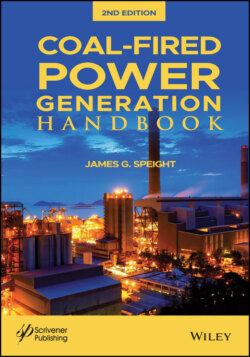Читать книгу Coal-Fired Power Generation Handbook - James Speight G., James G. Speight - Страница 80
3.8 Transportation
ОглавлениеThere are many occasions when coal is transported by rail, road, and water in its journey from mine to market. In some mining areas near the coast the coal was taken by conveyors directly from the mine to the holds of large coastal vessels. For example, in Britain, much of the coal from the northern coalfields is taken to the south in coastal cargo vessels called colliers. Large-scale haulage of coal by truck is normally economic only over relatively short distances.
There has, however, been the tendency during recent years to construct large industrial (chemical or power) plants close to the mine site in order to reduce coal-hauling costs and the coal is carried directly to the plant either by high-capacity truck on conveyor belts. In fact, the oil sand processing plants in northern Alberta employ this concept and transport the sand on several miles of conveyor belt to the processing plant (Speight, 1990).
It is easier (and more economical) to transport synthetic crude oil to market than to transport low-value oil sand. Similarly, it is much cheaper to transmit electricity over long distances by means of high-voltage wires than to move the equivalent tonnage of coal. However, the capital costs (and inconvenience) of constructing a plant in a remote area with a hostile environment near to a mine may dictate that this concept he impractical. Thus, the suggestion that coal be transported from the mine site completely or, in part, as a coal/water or coal/oil slurry in pipeline systems may have some merit and could afford a ready means of moving coal to markets using already existing pipeline system(s).
Generally speaking, the majority of mined coal is transported to market by railroad, the remainder being shipped or trucked to its destination or used at the mine. Shipping coal by rail has become a major industry in many parts of the world.
